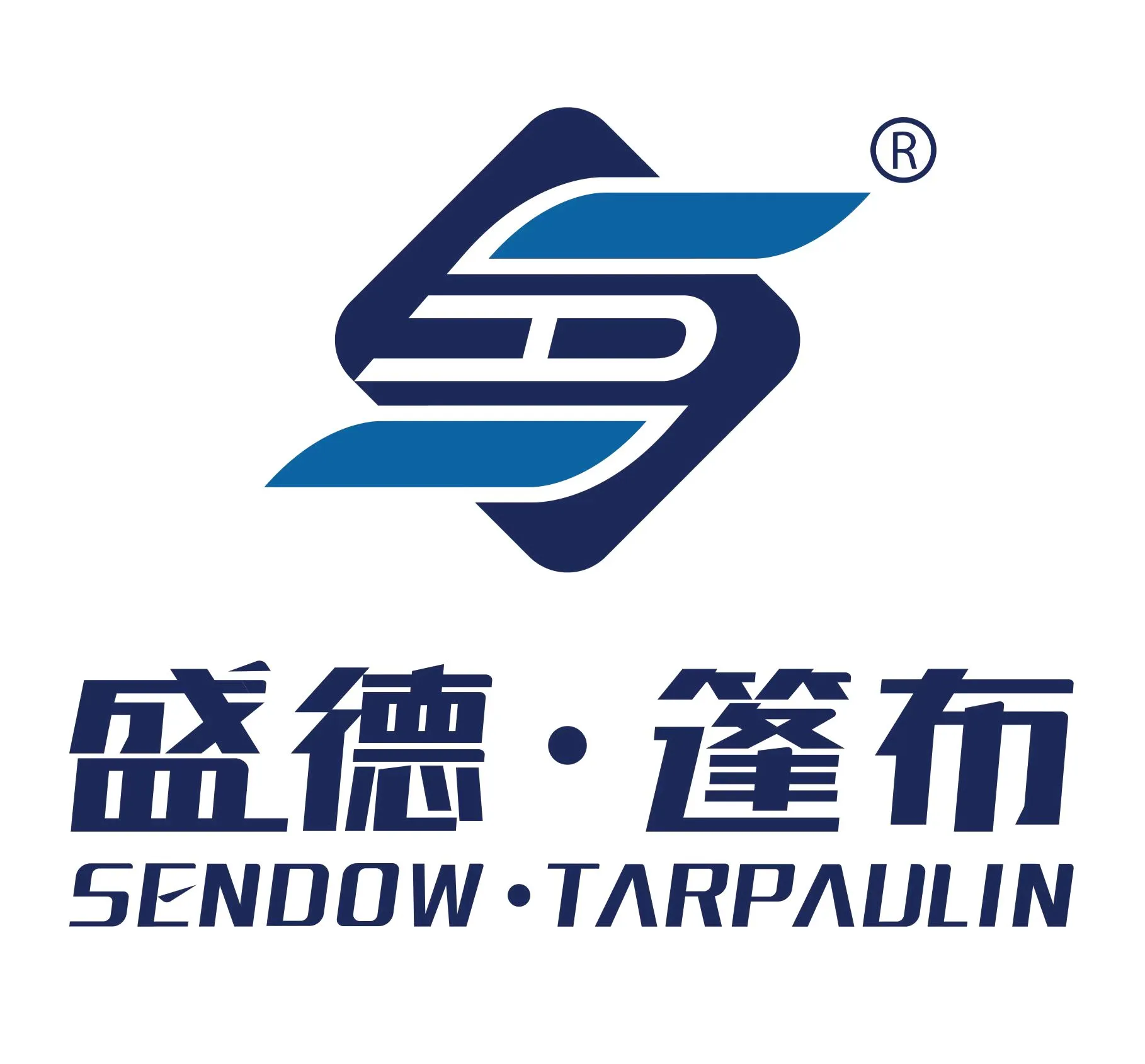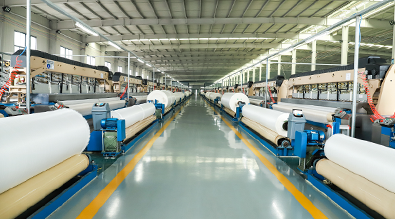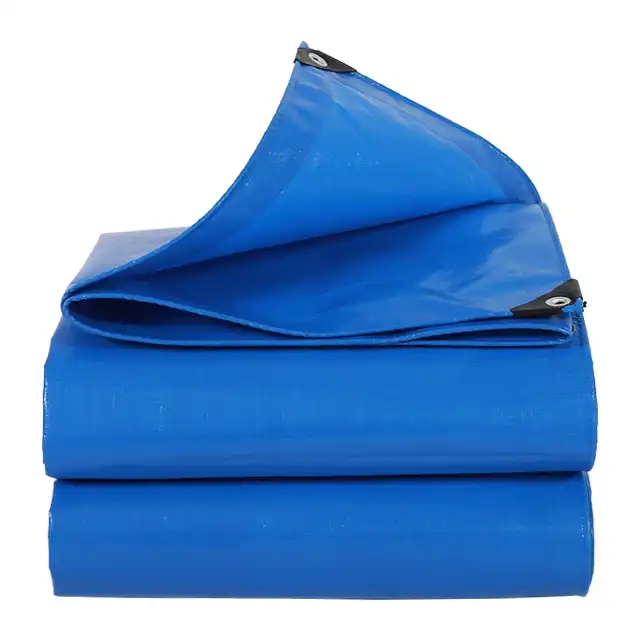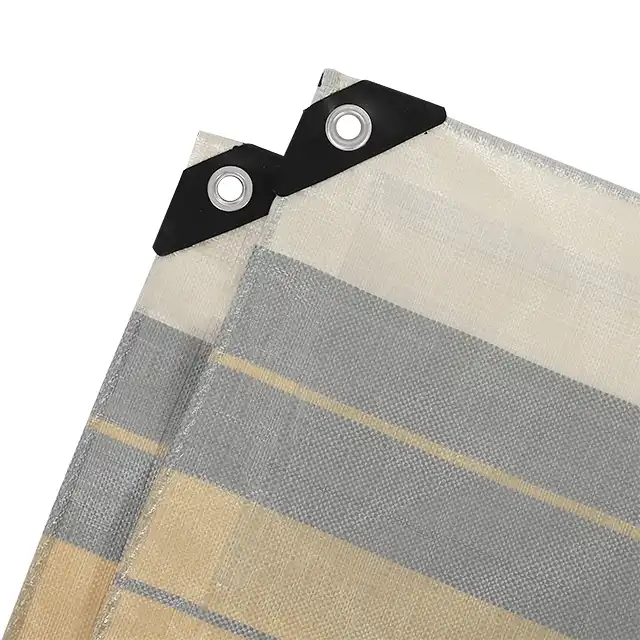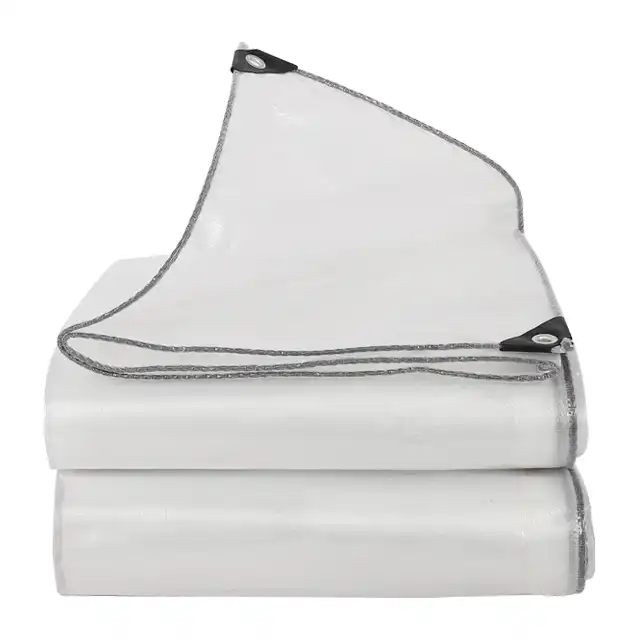Characteristics of Tarps Vs. Plastic Sheeting
In the world of protective coverings, Polyethylene Plastic tarp stands out as a versatile and essential material that bridges the gap between traditional plastic sheeting and high-performance protective solutions. This comprehensive exploration delves into the intricate characteristics, applications, and unique properties that distinguish polyethylene tarps from standard plastic sheeting, offering insights into their remarkable engineering, diverse functionality, and wide-ranging potential across multiple industries.
Understanding the Fundamental Differences in Material Composition
The Science Behind Polyethylene Tarp Construction
Polyethylene plastic tarps represent a sophisticated engineering marvel that goes far beyond simple plastic sheeting. At their core, these tarps are meticulously crafted using high-density polyethylene (HDPE) woven fabric with a low-density polyethylene (LDPE) coating, creating a material that transcends the limitations of traditional plastic sheets. The manufacturing process involves intricate wire drawing lines, with yarn thickness ranging from 400D to 2500D, and advanced water-jet looms capable of producing fabric widths from 1.5m to 5m without joints. The molecular structure of these tarps is a testament to advanced materials science. Unlike standard plastic sheeting, polyethylene tarps undergo a complex weaving and coating process that dramatically enhances their structural integrity. Manufacturers like Linyi Shengde Plastic Co., Ltd. utilize state-of-the-art extruding machines and coating technologies to create a product that offers superior strength, flexibility, and durability. The unique fabric construction allows for exceptional tear resistance, with specialized coating techniques providing enhanced waterproofing and UV protection. Technical specifications reveal the precision behind these tarps. With fabric weights ranging from 65 gsm to 280 gsm and thicknesses between 0.1mm to 0.2mm, each tarp is engineered to meet specific performance requirements. The mesh count typically varies between 10x10 to 14x14, ensuring optimal structural consistency and performance across different applications.
Performance Characteristics Beyond Standard Expectations
The performance metrics of polyethylene plastic tarps far surpass those of conventional plastic sheeting. These tarps demonstrate remarkable resistance to environmental challenges, including UV radiation, mildew, acids, and extreme temperature variations. The advanced coating process ensures a level of durability that traditional plastic sheeting cannot match, with UV treatment options ranging from 1% to 7% and exceptional arctic flexibility. Manufacturing precision plays a crucial role in these superior characteristics. Companies like Linyi Shengde employ multiple coating machines, including a sophisticated 4.4m coating unit, and utilize professional technicians to maintain stringent quality control. This approach ensures that each polyethylene tarp meets exacting standards of performance, with the ability to withstand harsh environmental conditions while maintaining structural integrity.
Customization and Adaptive Engineering
What truly sets polyethylene plastic tarps apart is their remarkable adaptability. Unlike rigid plastic sheeting, these tarps can be customized to meet specific industrial, agricultural, and commercial requirements. Manufacturers offer a wide range of customization options, including variable colors, sizes, and specialized treatments. The production capacity of leading manufacturers allows for monthly outputs exceeding 4000 metric tons, with the flexibility to produce tarps tailored to unique customer specifications.
Comprehensive Applications Across Multiple Sectors
Industrial and Construction Applications
Polyethylene plastic tarps have revolutionized industrial protection and construction site management. Their exceptional waterproofing capabilities make them indispensable in construction environments, providing robust protection for materials, equipment, and work areas. The tarps' lightweight nature combined with high durability allows for easy installation and removal, making them a preferred choice for scaffolding covers, temporary shelters, and equipment protection. The engineering behind these tarps enables them to withstand significant mechanical stress. Aluminum grommets strategically placed approximately every meter and at corners provide secure attachment points, ensuring stability in challenging environmental conditions. Construction professionals appreciate the tarps' ability to resist tear, puncture, and environmental degradation, making them a critical component in project management and material protection strategies.
Agricultural and Environmental Applications
In agricultural sectors, polyethylene plastic tarps demonstrate extraordinary versatility. From greenhouse fabrics to irrigation solutions, these tarps play a pivotal role in modern farming practices. The impermeable nature of the tarps makes them ideal for aquaculture applications, providing reliable water containment and protection. Orchard rain covers and agricultural sheltering represent just a fraction of the potential applications. The tarps' UV treatment and resistance to environmental factors make them particularly valuable in agricultural settings. They can protect sensitive crops from extreme weather conditions, provide controlled moisture environments, and serve as critical components in modern agricultural infrastructure. The ability to customize size, color, and specific treatment ensures that farmers can obtain precisely the protection they require.
Logistics and Transportation Solutions
Logistics and transportation industries have discovered immense value in polyethylene plastic tarps. Truck covers, car canopies, and goods protection solutions benefit from the material's exceptional characteristics. The tarps' lightweight nature, combined with their remarkable strength, makes them ideal for protecting goods during transportation, whether for short-distance local shipping or long-haul international freight. The anti-corrosion and shrink-proof properties of these tarps ensure that transported goods remain protected from environmental challenges. Their flexibility allows for easy folding and storage, while their durability guarantees multiple-use capabilities. Logistics companies appreciate the cost-effectiveness and reliability that polyethylene plastic tarps provide in their complex supply chain management.
Advanced Technical Capabilities and Future Potential
Innovation in Material Science
The continuous evolution of polyethylene plastic tarps represents an ongoing commitment to material science innovation. Research and development teams are constantly pushing the boundaries of what these tarps can achieve. Recent developments include advanced fire prevention treatments, enhanced waterproofing technologies, and improvements in ultrawide width manufacturing capabilities. The ability to produce tarps with widths up to 5.1 meters without joints demonstrates the remarkable technological capabilities of manufacturers like Linyi Shengde. Their research teams have successfully developed ultra-wide braiding machines and implemented mass production techniques that expand the potential applications of polyethylene plastic tarps.
Environmental Considerations and Sustainability
Modern polyethylene plastic tarps are increasingly developed with environmental considerations in mind. Manufacturers are exploring more sustainable production methods, recyclable materials, and reduced environmental impact. The durability of these tarps means fewer replacements are needed, inherently contributing to waste reduction in multiple sectors. The ongoing research focuses not just on performance but on creating more environmentally responsible solutions. The potential for circular economy applications, where tarps can be recycled or repurposed, represents an exciting frontier in materials engineering.
Conclusion
Polyethylene plastic tarps represent a remarkable intersection of engineering, functionality, and adaptability. Far more than simple protective coverings, they are sophisticated solutions that address complex challenges across multiple industries. Their unique characteristics continue to drive innovation and provide critical protection in diverse environments. For customized solutions and expert consultation on polyethylene plastic tarps, reach out to the industry leaders who are pushing the boundaries of material science and protective technologies.
Contact: info@shengdetarp.com
References
1. Smith, J. Material Science in Protective Coverings. Advanced Engineering Publications, 2019.
2. Thompson, R. Industrial Applications of Polyethylene Composites. Technical Manufacturing Review, 2020.
3. Chen, L. Innovations in Agricultural Protection Technologies. Agricultural Engineering Journal, 2018.
4. Roberts, M. Sustainable Materials in Logistics. Transportation Engineering Quarterly, 2021.
5. Wang, H. Developments in High-Performance Polymers. Materials Research Institute Proceedings, 2017.
6. Kumar, S. Environmental Considerations in Industrial Textiles. Sustainable Design Review, 2022.
